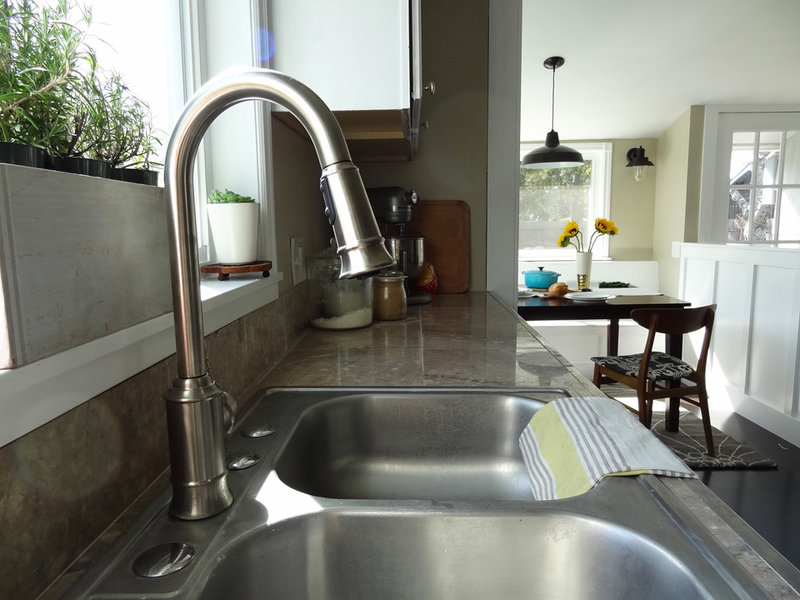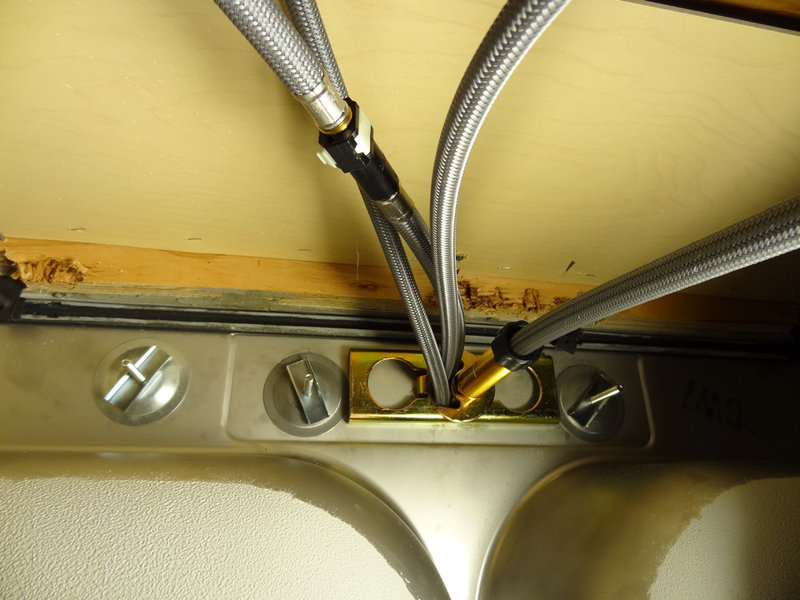We should start lobbying now to make Hamilton a pit stop on the next season of Amazing Race Canada.
Teams could touch down at Hamilton airport during Supercrawl and bike down the Mountain to James Street North. Teams would then have to choose between one of two tasks — Sign Up or Move Out.
In Sign Up, each team would need to collect 10 pages worth of signatures in support of a downtown casino. In Move Out, each team would have to search through the crowd of 100,000 people to somehow find a millennial hipster who dreams of moving to the burbs and driving an SUV two hours every day to and from work.
Leigh Gallagher would likely recommend the first task.The author of The End of the Suburbs: Where the American Dream is Moving says millennials — those born between 1977 and 1995 — hate the suburbs. "Studies show that when millennials do leave their parents' homes, they don't want anything to do with the kinds of suburbs they grew up in. Seventy-seven per cent of them prefer to live in an urban area, and whether that means an inner city or an urbanized small town or suburb, one thing it doesn't mean is the kinds of homes that will be left for them in conventional suburbia."
According to Gallagher, the only thing millennials like less than suburbs are cars. "Millennials may be the first generation of young people since the automobile was invented to be indifferent about cars and driving." That's a big problem for suburbs where the only way to get around and out of the cul-de-sacs is to get behind the wheel.
There are a host of other signs and signals of stormy weather heading for the burbs, including fast-growing poverty rates. "Americans started moving to the suburbs because they considered them safe, happy enclaves where they could escape the crime and poverty of cities. But this has become an increasingly false characterization." South of the border, the growth rate in the number of poor living in the suburbs was more than twice that of cities. And the suburbs are now home to the largest and fastest-growing poor population in the country.
Wealth, development, young families and major retailers are migrating from the burbs to cities. "Real estate prices are soaring, development is cranking and once-blighted neighbourhoods are now yuppified. Cities have become the equivalent of fashion's new black, with a torrent of books lauding their resurgence."
Big-box chains are scaling back and setting up shop in cities. Walmart is opening smaller neighbourhood market stores, while Target rolls out urban stores called City.
The price of oil continues to rise, driving up the cost of the suburban Thelma and Louise-length commutes. "Economists say the cost of distance is starting to get baked into housing prices, sending valuations down in remote housing markets." For more and more families, mortgage payments and filling up the gas tank are burning through upwards of half their paycheques. The days of driving until you qualify for a house are rapidly ending.
Our households are also shrinking. Only half of adults in the U.S. are married and they're having fewer kids. "The suburbs are built for life with kids, and we're not having nearly as many of them."
We're eco-obsessed and conspicuous consumption is out. A McMansion with a fleet of luxury SUVs in the driveway isn't quite the status symbol it once was.
And municipalities are starting to realize the burbs are financially unsustainable. Low-density housing doesn't generate enough tax revenues to pay for infrastructure, much less maintain and repair it. And bills are starting to come due.
"Never have so many forces been working against conventional suburban development at the same time," says Gallagher. "After more than half a century of expansion and the housing equivalent of gas-guzzling, we may have hit peak suburb."
Gallagher doesn't see the suburbs hollowing out completely or overnight. "Yes, cities are resurgent, but many people still want to live on a tree-lined street, have a front yard, and be able to drive to the grocery store to load up for their family of four."
Some suburbs will weather the storm, particularly older burbs close to cities. The hot development trend is to make these suburbs more urban. Downtowns are being revitalized. Streets are adopting a mix of residential, commercial and retail uses. Houses are shrinking, moving closer to sidewalks while back decks and patios are being replaced with deep front porches. Residents are able to walk more and drive a little less.
The key take-away for Hamilton? Don't expect the white hot housing market in lower city neighbourhoods to cool off. If anything, count on more neighbourhoods to see an influx of money, redevelopment, millennials and young families. And someday, our Code Red neighbourhoods might move out to the edge of town.
www.teambluesky.ca

